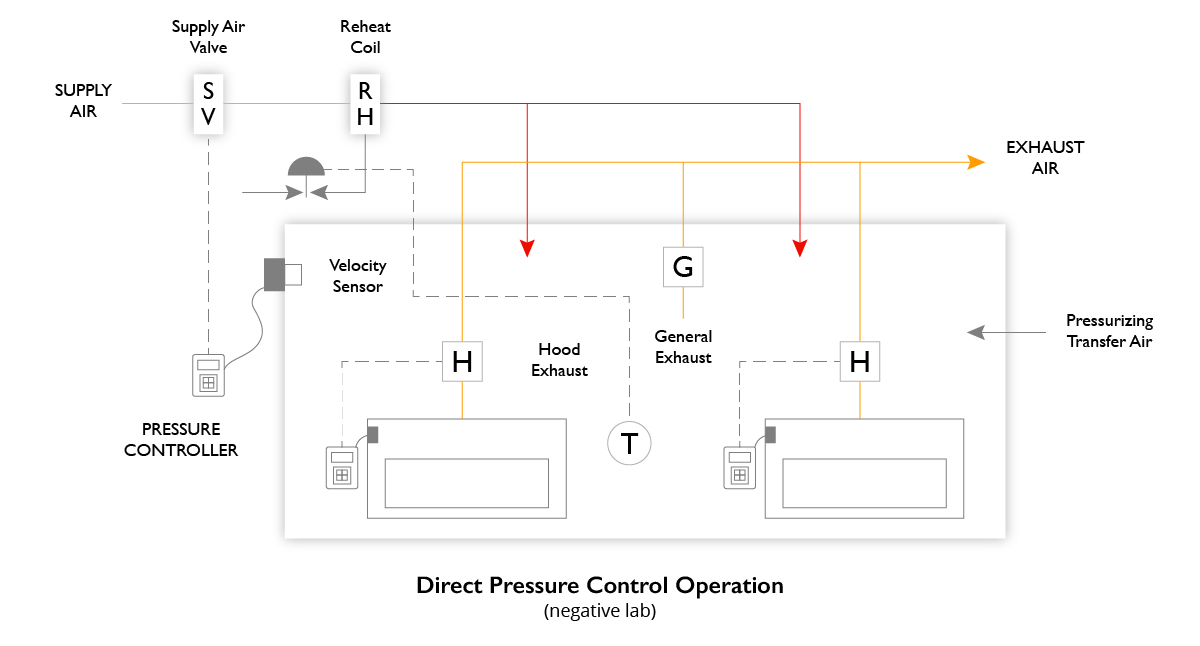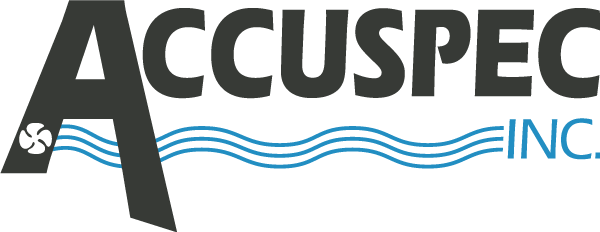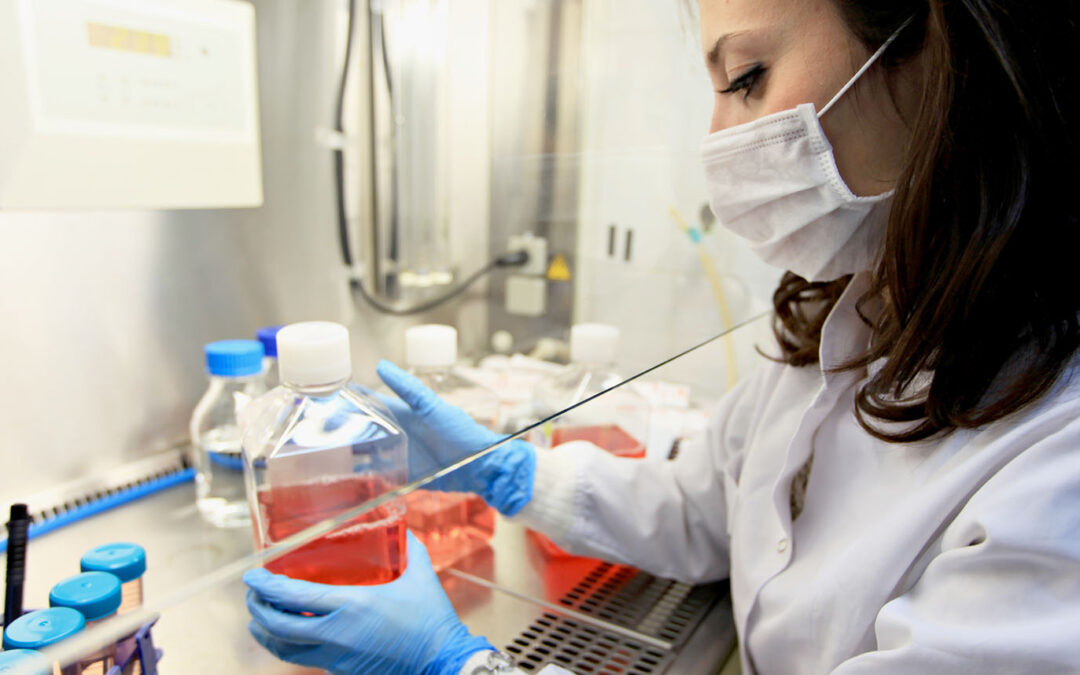Laboratory pressurization control is standard practice for research, cGMP suites and production areas in the pharma and biotech industries.
In concept, labs and production areas are pressurized in relation to the spaces adjacent to them by altering the balance between the air supplied and the air exhausted. The difference between the two airstreams is what pressurizes the space and is called transfer air. These areas are usually designed to be negatively pressured, although some areas do require positive pressurization. A properly pressurized space may only have a pressure differential of a few thousandths of an inch of water column.
The degree to which an area can be pressurized is a function of how tight the seal is between it and the adjacent spaces. Typically, the building design includes doors with gaskets and sweeps, sealed penetrations and, in some cases, hard ceilings along with airlocks. Building mechanical systems must be capable of providing stable system static pressure control along with maintaining a constant and stable building reference pressure. Most design engineers will utilize a common corridor for the reference pressure. Individual spaces should utilize precision air valves, flow sensors, pressure sensors and programmable controllers to achieve the desired pressure stability.
Control Strategies
Direct Pressure or CFM Volume Tracking Control
Direct pressure control utilizes a local area pressure sensor to determine the pressure differential between the controlled space and the common reference pressure. Typically, the supply valve is controlled at a constant CFM setpoint (adjusted for temperature demands), and the total exhaust is variable and adjusted to maintain the pressure differential. Direct pressure control ignores room porosity and the habits of the occupants. Porosity can range from very tight in some spaces and very porous in others. Closing doors between pressurized spaces to ensure the space porosity is maintained involves developing proper occupancy habits. It is usually difficult to achieve overall pressure balance in direct pressure control buildings.

CFM volume tracking control utilizes a programmable controller to achieve proper pressurization. Typically, the supply valve is controlled at a constant CFM setpoint (adjusted for temperature demands), and the total exhaust tracks the supply volume with a programmed bias CFM setpoint to maintain pressure. CFM volume tracking control buildings are often easier to achieve overall pressure balance because the individual space bias CFM setpoint can be adjusted for varying porosity. In both cases, door switches can be utilized to ensure doors remain closed, although tracking control reduces large variations in control setpoints. Room pressure sensors are used for system monitoring only rather than control.
![]()
Constant Volume or Variable Volume Control
With constant volume control, the supply valve is typically controlled at a constant CFM setpoint (adjusted for temperature demands), and the total exhaust tracks the supply volume with a programmed bias CFM setpoint to maintain pressure. Constant volume control tends to be simple to program, although it doesn’t apply when VAV hoods are used and does not provide for energy-saving strategies.
Variable volume control utilizes a programable controller to calculate the total exhaust in a lab space with VAV hoods. Often, a general exhaust valve is used to accommodate temperature control and minimum air change requirements in a lab. The supply valve tracks the total exhaust volume with a programmed bias CFM setpoint to maintain pressure. Variable volume control offers many advantages, most importantly energy efficiency.
Summary
When choosing a control strategy, it is important to consider all aspects of the building design and the associated control equipment. If you’d like to learn more about these options, please call us at 203-261-8100 or email us.

















